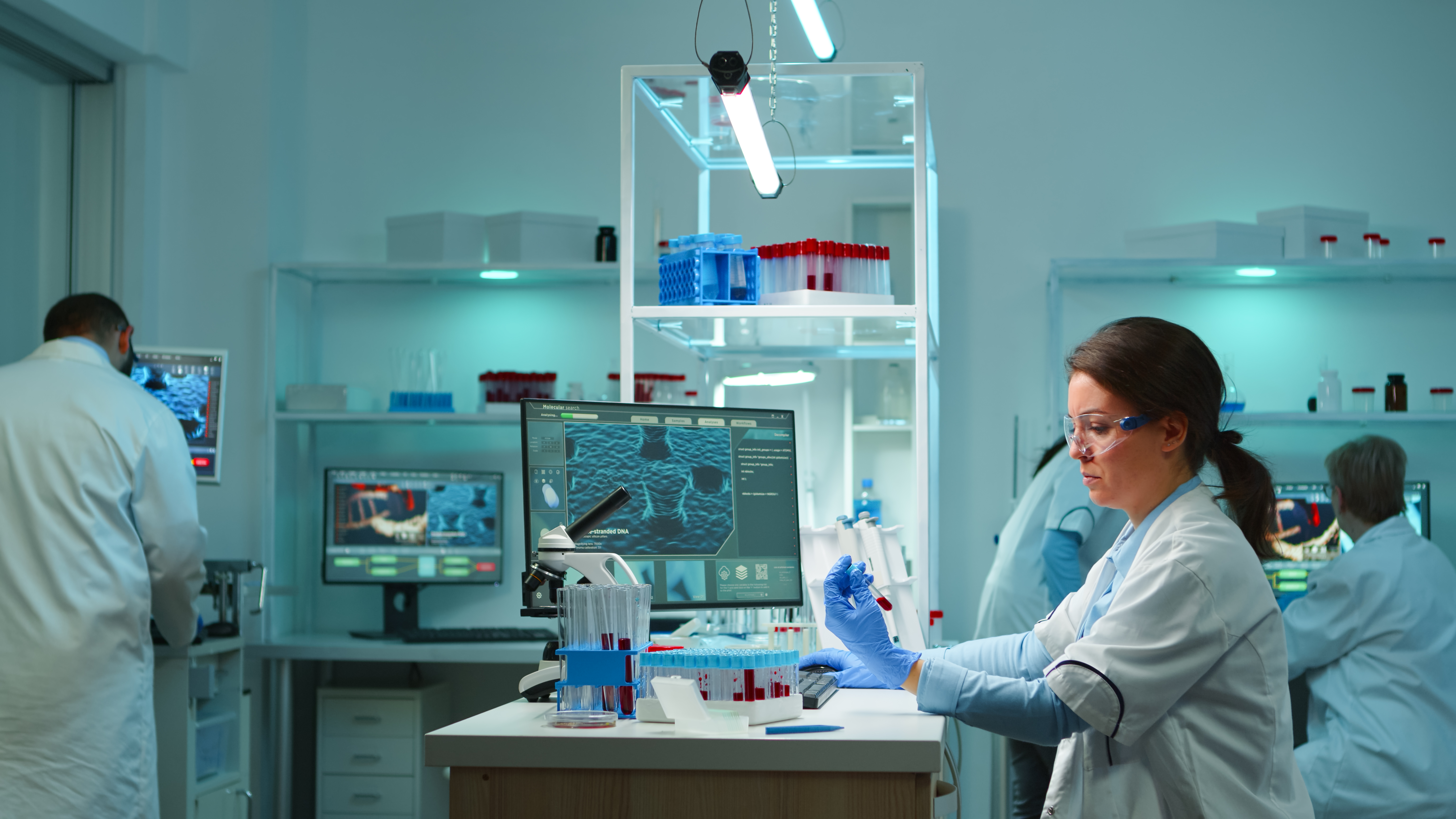There are no items in your cart
Add More
Add More
| Item Details | Price | ||
|---|---|---|---|
July 28, 2025
The pharmaceutical industry is undergoing a seismic shift, thanks to Artificial Intelligence (AI). Traditional drug discovery is a lengthy, expensive, and high-risk process, often taking 10-15 years and costing billions of dollars per approved drug. However, AI is transforming this landscape by accelerating research, reducing costs, and improving success rates.
From identifying drug targets to optimizing clinical trials, AI-powered tools like machine learning (ML), deep learning, and generative AI are making drug development faster and more efficient. In this blog, we'll explore how AI is reshaping each stage of drug discovery and what it means for the future of medicine.
The Role of AI in Drug Discovery: Key Stages
The first step in drug discovery is identifying the right biological target (e.g., a protein or gene linked to a disease). Traditionally, this involves extensive lab experiments and literature reviews.
How AI helps:
Once a target is identified, scientists search for molecules that can interact with it. Traditional methods involve high-throughput screening (HTS), which tests thousands of compounds—a slow and costly process.
How AI helps:
Before human trials, drug candidates undergo toxicity and efficacy testing in labs and animal models. Many fail at this stage due to safety concerns.
How AI helps:
With a 90% failure rate, clinical trials are the most costly and time-consuming stage. AI helps by:
AI excels at finding new uses for existing drugs, saving time and costs. It also enables precision medicine by tailoring treatments to individual genetics.
While AI offers immense potential, challenges remain:
Despite these hurdles, AI adoption is growing, with Big Pharma (GSK, Novartis, Pfizer) partnering with AI startups to stay competitive.
AI is not just an enabler but a game-changer in drug discovery. By reducing timelines, cutting costs, and improving success rates, it's paving the way for faster, safer, and more affordable medicines.
As AI models become more sophisticated and regulatory frameworks evolve, we can expect:
✔ More AI-designed drugs in clinical trials
✔ Increased drug repurposing success
✔ Personalized treatments tailored to genetic profiles
The future of medicine is data-driven, AI-powered, and patient-centric—and the revolution has only just begun.
1. How does AI speed up drug discovery?
AI automates data analysis, predicts drug-target interactions, and designs new molecules in months instead of years, drastically cutting R&D time.
2. Can AI replace human researchers?
No—AI assists scientists by handling repetitive tasks, but human expertise remains crucial for interpretation, validation, and decision-making.
3. What are the risks of AI in drug discovery?
Potential risks include data bias, over-reliance on algorithms, and regulatory uncertainties. Proper validation is key.
4. Which companies are leading AI-driven drug discovery?
Some of the top players include: